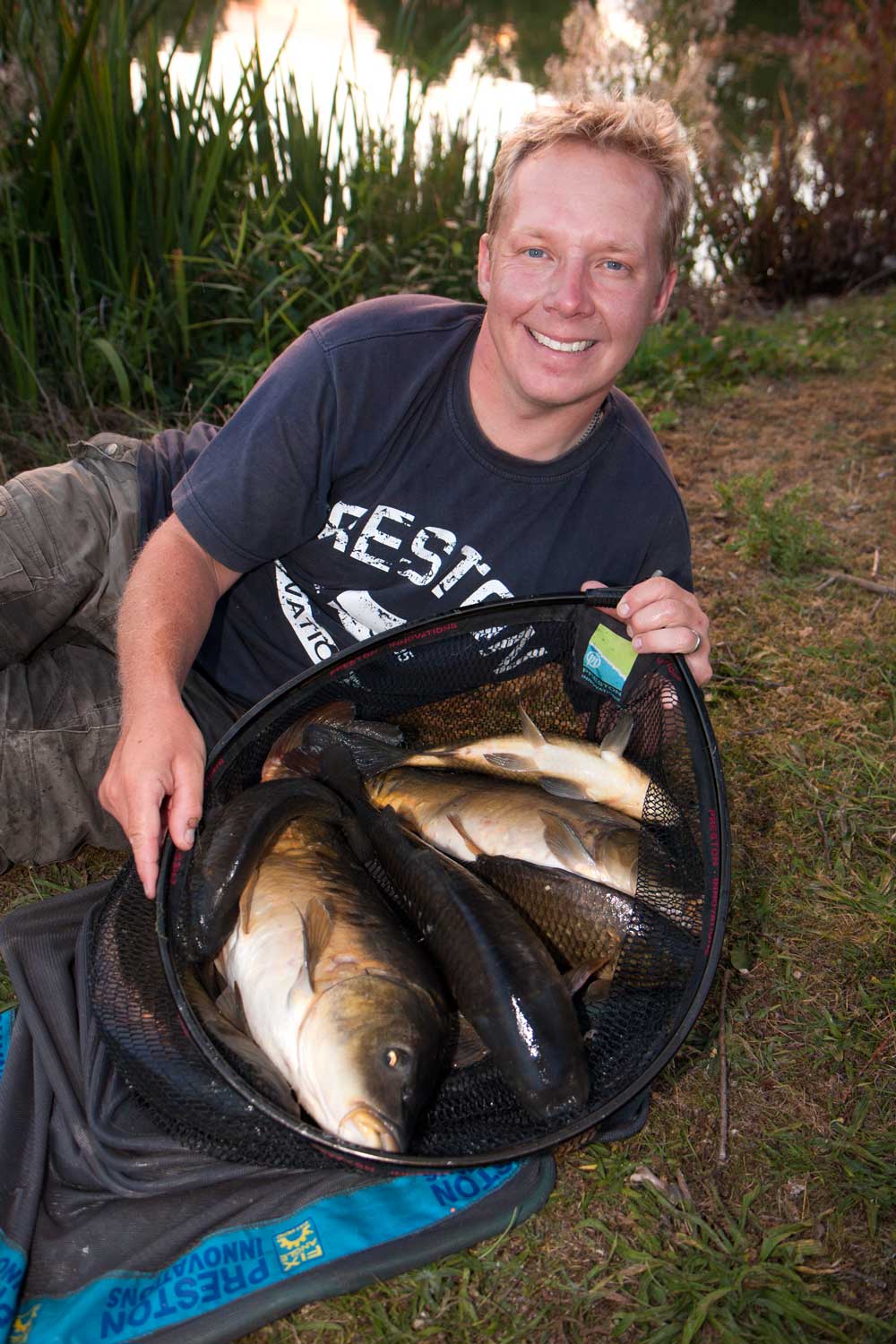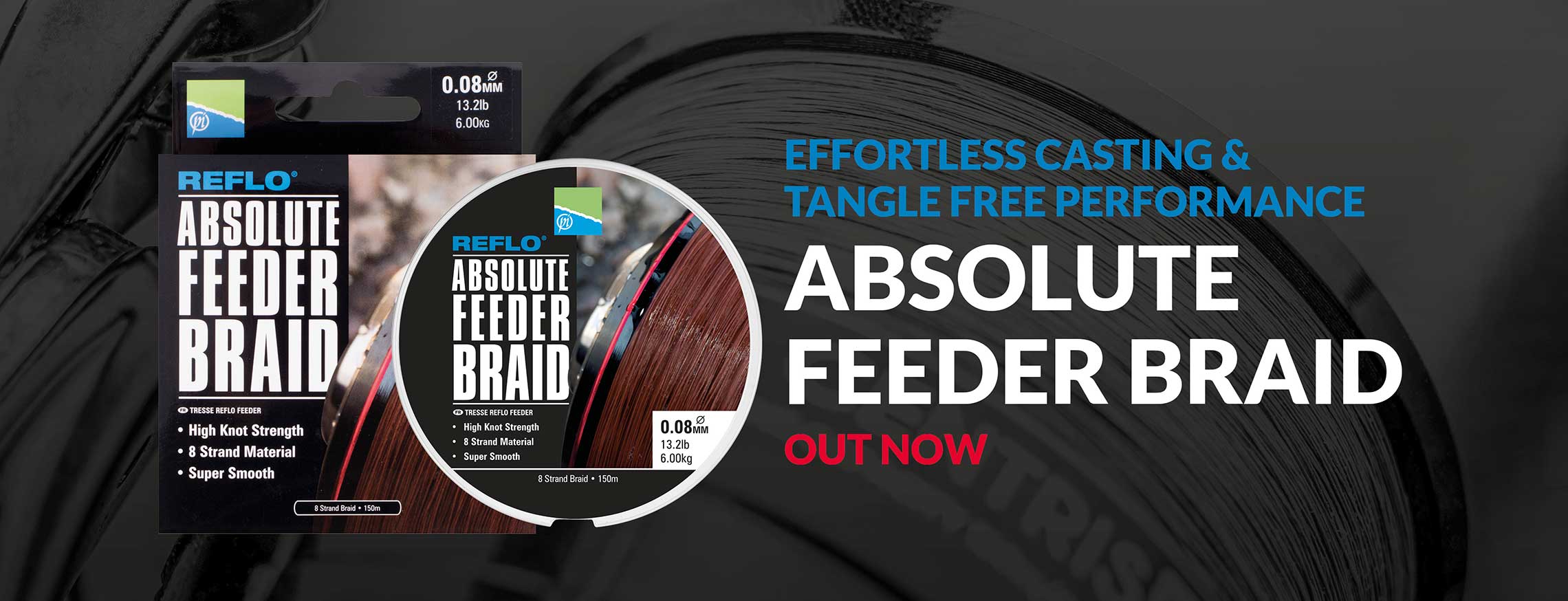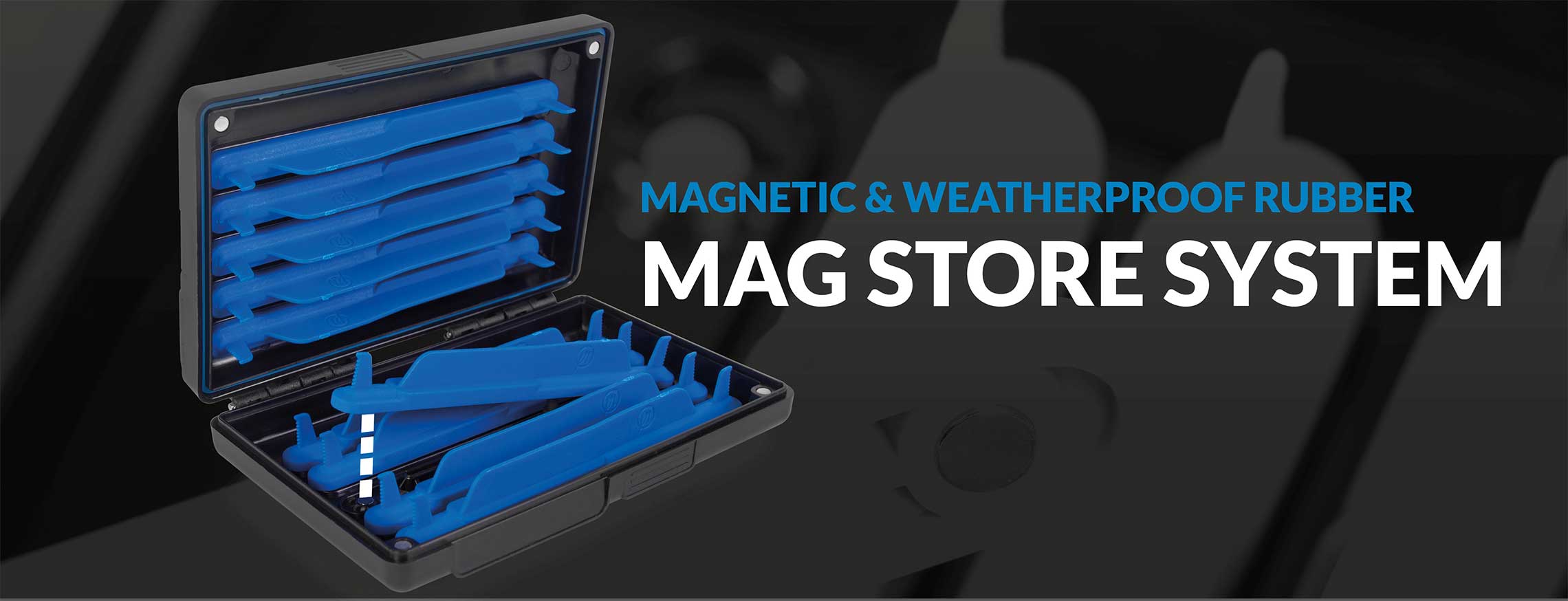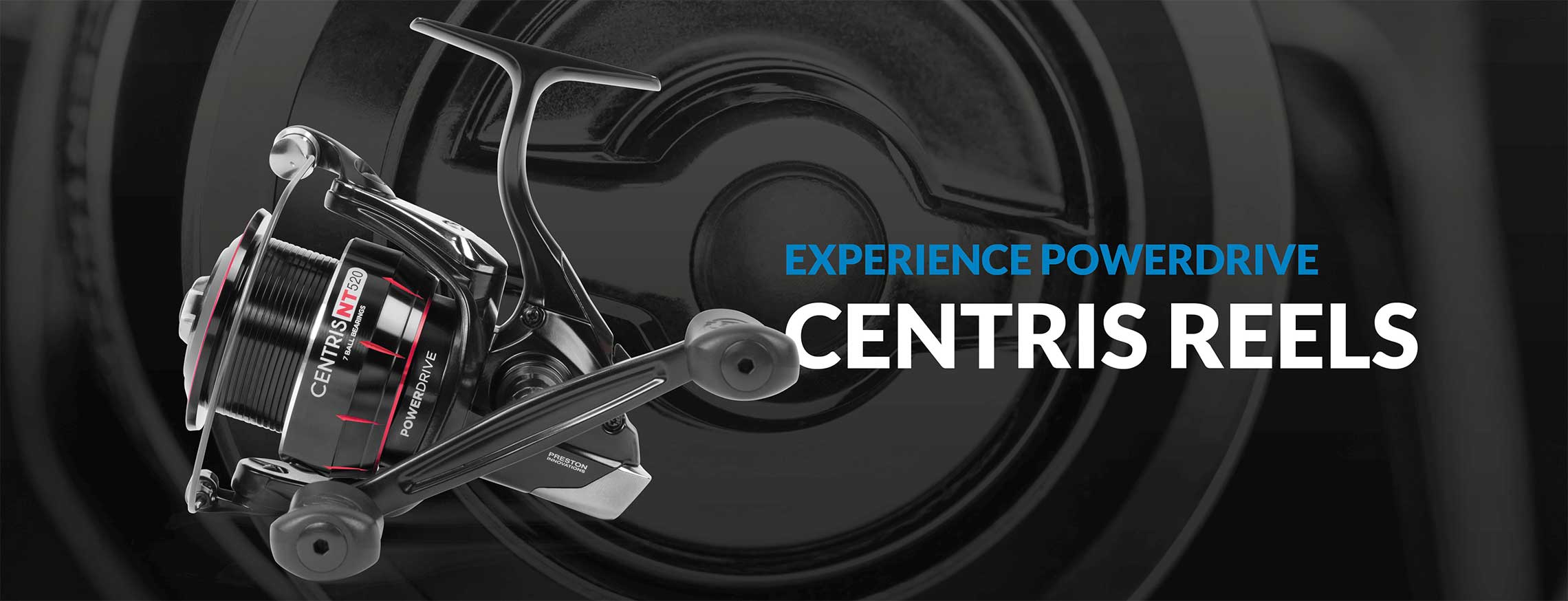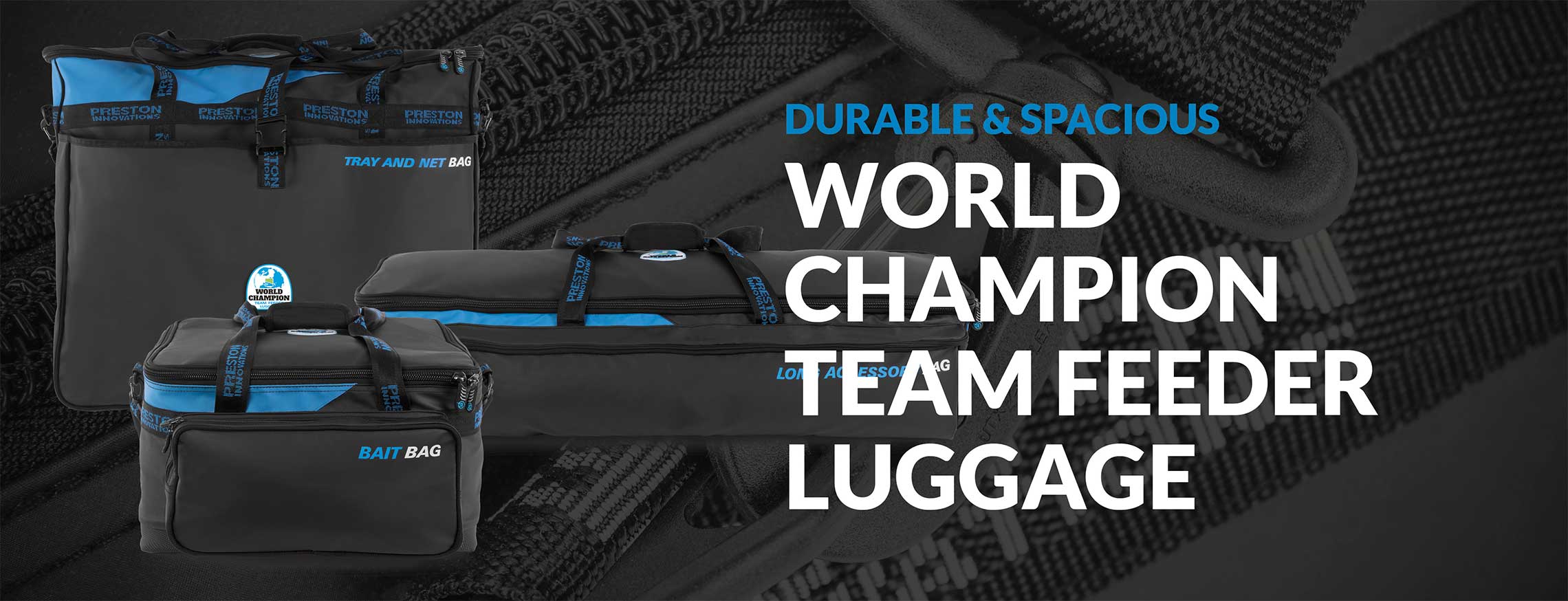Edging Ahead
Share the Edging Ahead article:
Share
Catching big fish down the edge can be the difference between framing and becoming just another name on the weigh sheet. We’ve recruited the help of margin maestro, Adam Wakelin to show you how to make margin fishing count!
1. Go Tight
I’m always looking to fish as close as possible to the bank. If the water is a good depth, fishing tight to the bank gives the fish less chance of catching my rig with their fins, resulting in less foul hooked and inevitably lost fish. Look to fish as tight as possible in a minimum of 12in of water. The fish will only be able to approach your hookbait from one way.
Catching some big fish down the side has won me a lot of money over the past few years. With the fish normally bigger, it’s a tactic that can add a huge amount to your final tally. Sometimes, what you catch in the last hour and a half can often double what you’d caught in the first three and a bit hours of the match. Here are my top tips for margin fishing.
Adam Wakelin
2. Essential Elastic
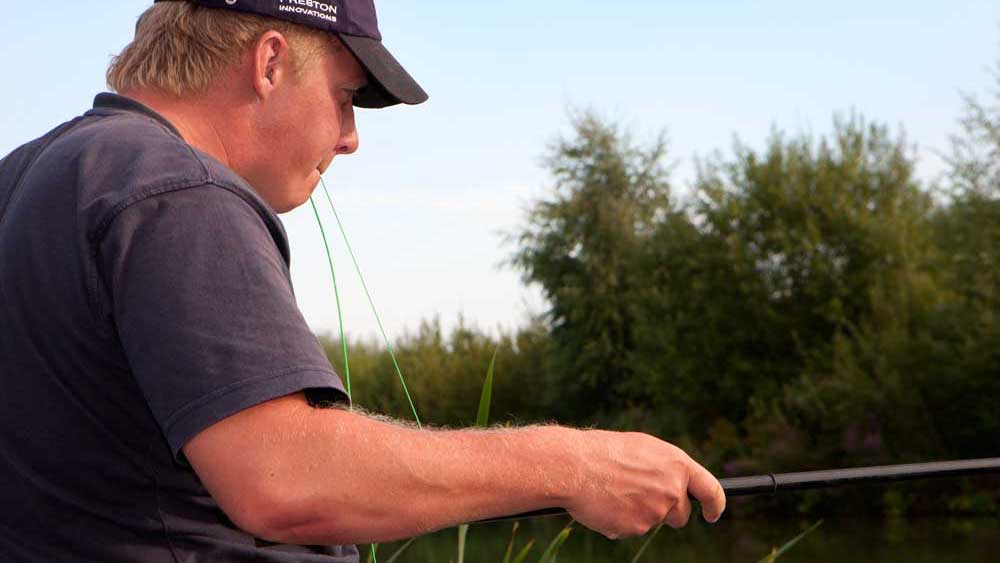 Lots of anglers automatically presume that because they are fishing for big fish down the edge that they need to use super strong elastic. I rarely use anything heavier than size 12 Dura Hollo. I’ve lost a lot less fish when using the lighter elastic, and taking a couple more minutes to land fish, rather than pulling the hook out proves much more effective.
Lots of anglers automatically presume that because they are fishing for big fish down the edge that they need to use super strong elastic. I rarely use anything heavier than size 12 Dura Hollo. I’ve lost a lot less fish when using the lighter elastic, and taking a couple more minutes to land fish, rather than pulling the hook out proves much more effective. The Rolla Pulla Bush makes landing big fish on light elastic a simple job. Incorporating a PTFE bush with a free flowing PTFE roller, the elastic pulls out of the top kit with ease. They really have taken side pullers to the next level. Swap those heavy elastics for a lighter balanced set-up and you’ll immediately see an increase in the amount of fish you land.
The Rolla Pulla Bush makes landing big fish on light elastic a simple job. Incorporating a PTFE bush with a free flowing PTFE roller, the elastic pulls out of the top kit with ease. They really have taken side pullers to the next level. Swap those heavy elastics for a lighter balanced set-up and you’ll immediately see an increase in the amount of fish you land.
3. Be Prepared
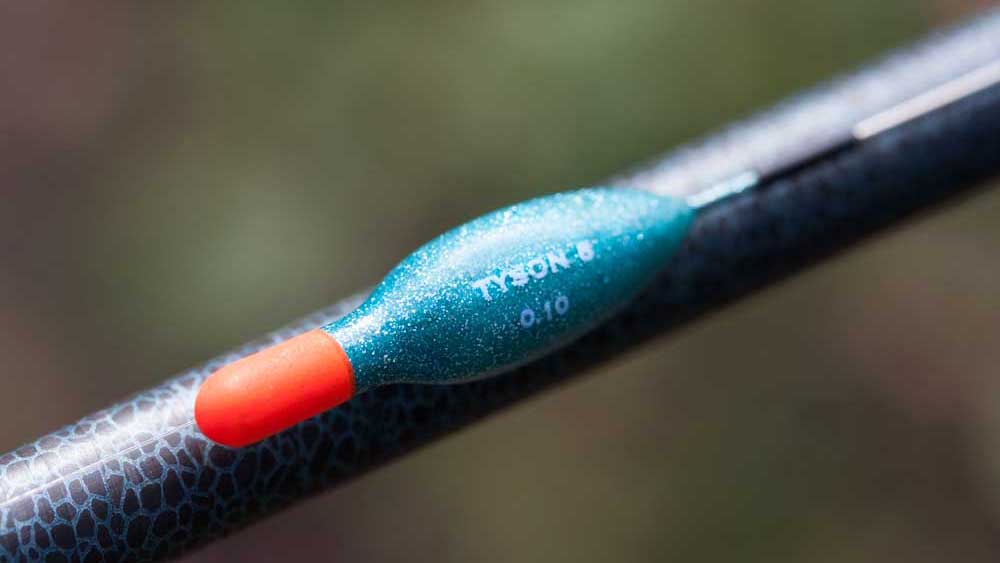 Catching big fish can take its toll on your rigs. Super durable 0.17mm Reflo Power, Tyson 6 floats and big size 10 PR 478 hooks are perfect for margin rigs. Most of the time I’ll set up two identical edge rigs just in case one breaks or the hook point turns over. There are also a few back-ups in my winder trays if I’m really bagging.
Catching big fish can take its toll on your rigs. Super durable 0.17mm Reflo Power, Tyson 6 floats and big size 10 PR 478 hooks are perfect for margin rigs. Most of the time I’ll set up two identical edge rigs just in case one breaks or the hook point turns over. There are also a few back-ups in my winder trays if I’m really bagging.
4. Give ‘em some groundbait!
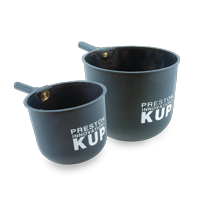 Groundbait is possibly the best bait for feeding down the edge. It creates a lot of smell in the water, but there are not loads of big food items to fill the fish up. There’s no need to waste time making it into balls, just fill up a big Kup Kit pot and get it in. It’s not rare that I feed two kilos of groundbait. Margin Carp groundbait is great; it’s heavy so when the fish waft the bait with their tails, the particles will quickly settle back down onto the bottom. You want to hold the fish in your swim for as long as possible.
Groundbait is possibly the best bait for feeding down the edge. It creates a lot of smell in the water, but there are not loads of big food items to fill the fish up. There’s no need to waste time making it into balls, just fill up a big Kup Kit pot and get it in. It’s not rare that I feed two kilos of groundbait. Margin Carp groundbait is great; it’s heavy so when the fish waft the bait with their tails, the particles will quickly settle back down onto the bottom. You want to hold the fish in your swim for as long as possible.
5. Make some noise
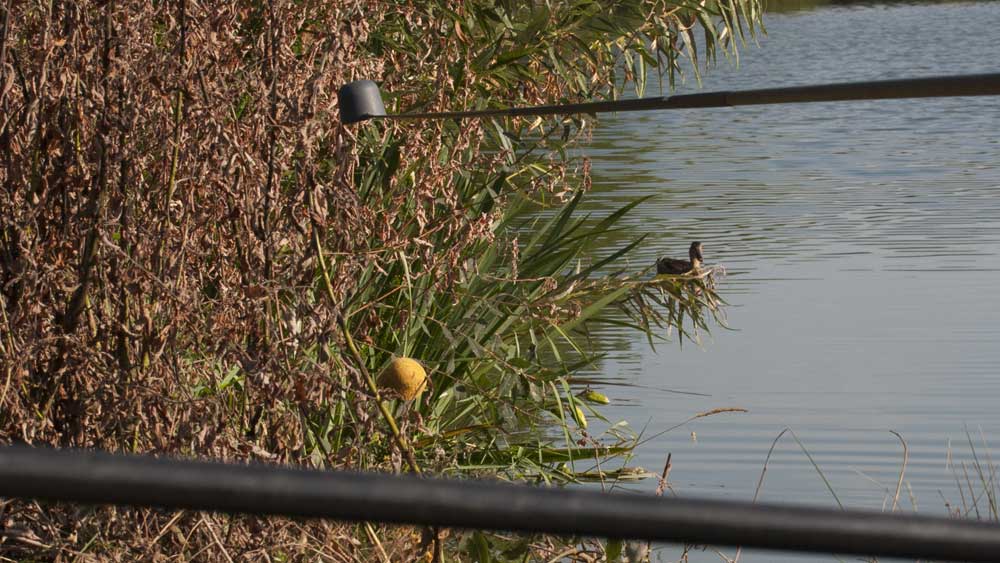 Dropping your groundbait from a height will create more noise. Dropping cups full of loose groundbait from a height creates a lot of noise and clouds up the water. It’s sure to pull fish into your spot. I like to feed a few pellets by hand as soon as I hook a fish, the loud rattle as the pellets hit the water makes a lot of difference to how quick the fish return to your swim.
Dropping your groundbait from a height will create more noise. Dropping cups full of loose groundbait from a height creates a lot of noise and clouds up the water. It’s sure to pull fish into your spot. I like to feed a few pellets by hand as soon as I hook a fish, the loud rattle as the pellets hit the water makes a lot of difference to how quick the fish return to your swim.
6. Tell Tails!
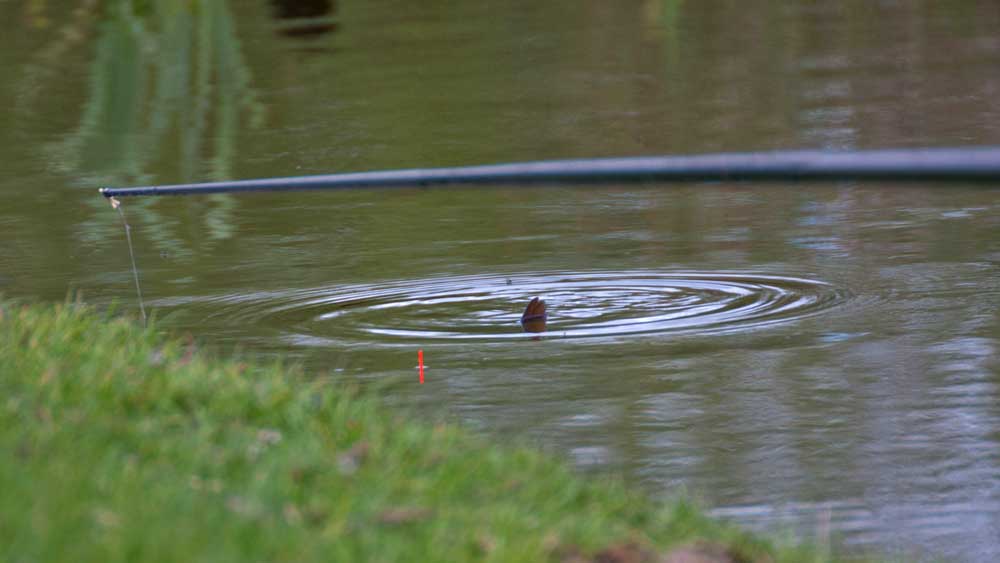 Don’t be too eager to go onto your edge swim. I like to wait until I can see the tail patterns or even see the carp’s tail break the surface before picking up my edge rigs. I’d rather give the fish a few minutes to gain confidence, than spook them by hooking a fish as it is entering the swim for the first time.
Don’t be too eager to go onto your edge swim. I like to wait until I can see the tail patterns or even see the carp’s tail break the surface before picking up my edge rigs. I’d rather give the fish a few minutes to gain confidence, than spook them by hooking a fish as it is entering the swim for the first time.
7. Huge Hookbaits
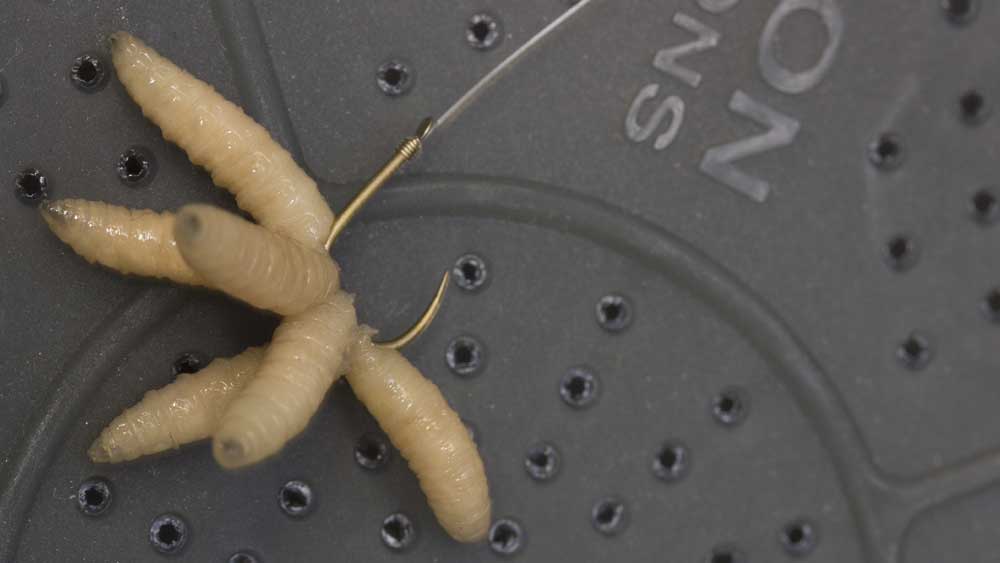 Carp feeding down the edge confidently aren’t shy and are definitely not small! I like to use great big hookbaits, to make sure it’s easily spotted and eaten first. A big bunch of dead maggots on a size 10 hook is a great first choice. Worms, meat or corn can also be good alternatives.
Carp feeding down the edge confidently aren’t shy and are definitely not small! I like to use great big hookbaits, to make sure it’s easily spotted and eaten first. A big bunch of dead maggots on a size 10 hook is a great first choice. Worms, meat or corn can also be good alternatives.
My first choice of hookbait is a bunch of dead maggots.
Adam Wakelin
